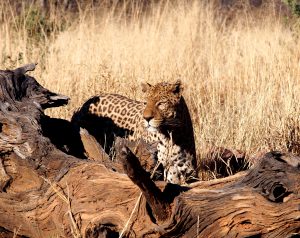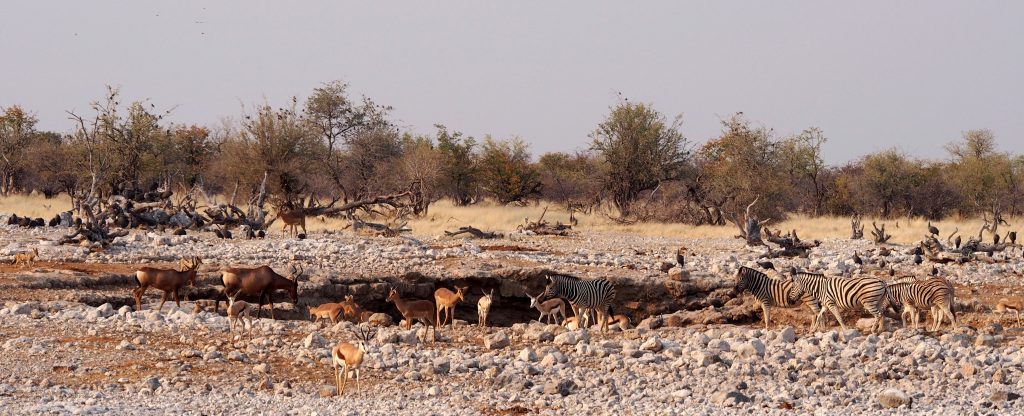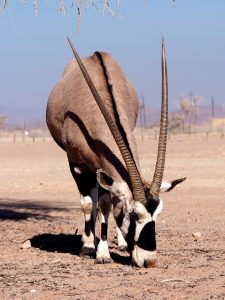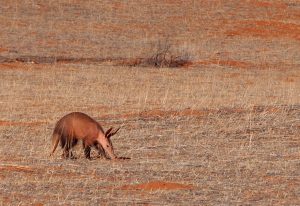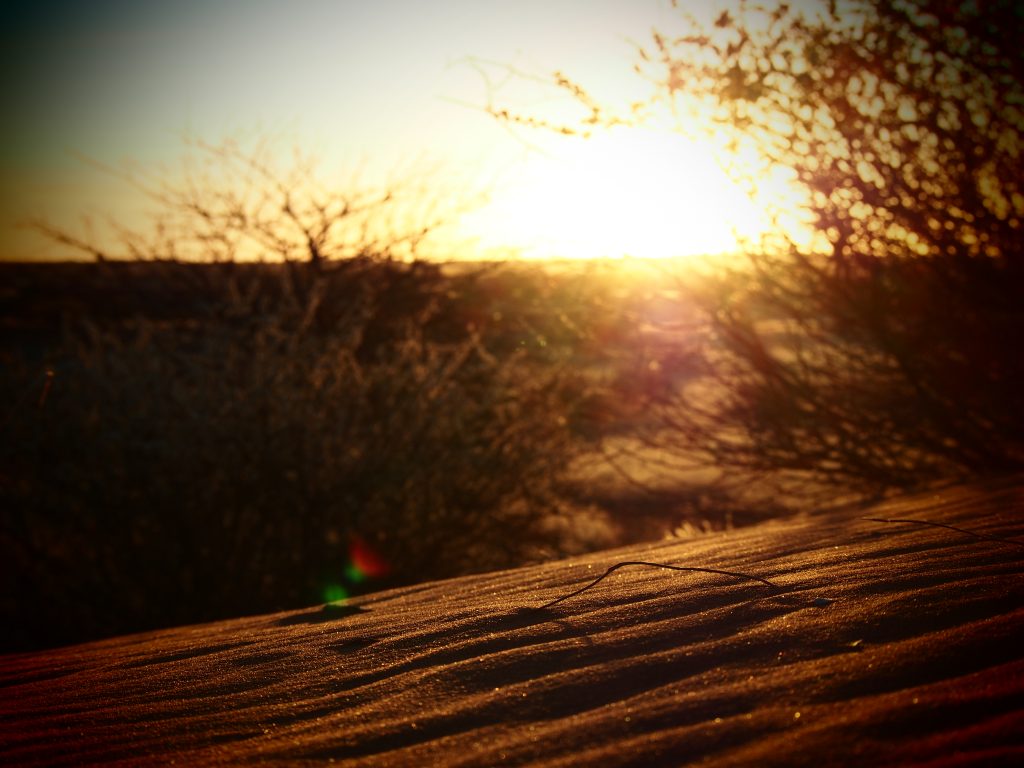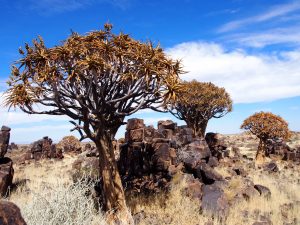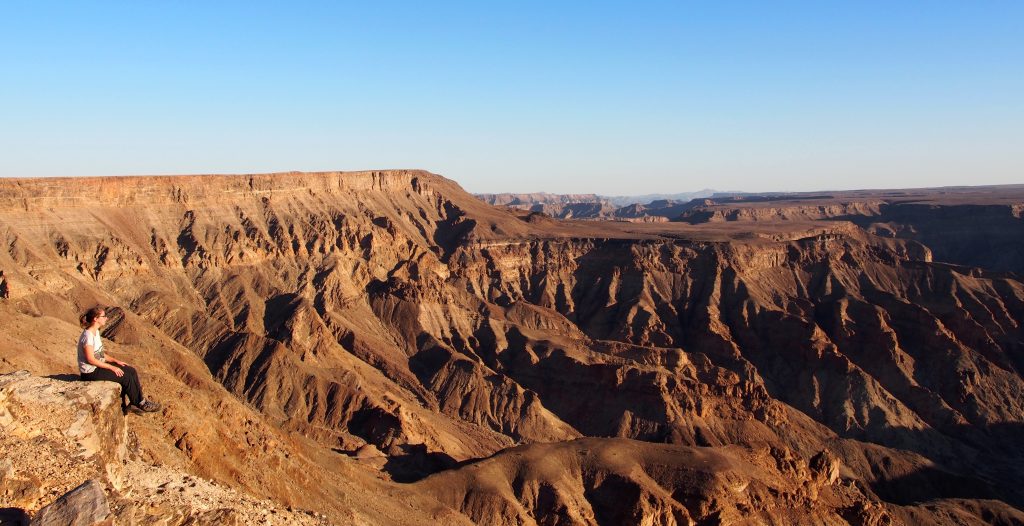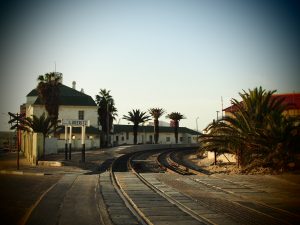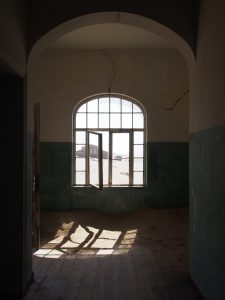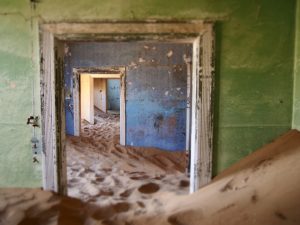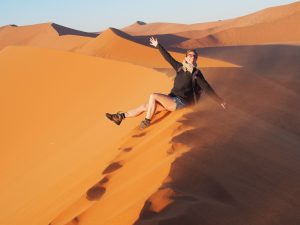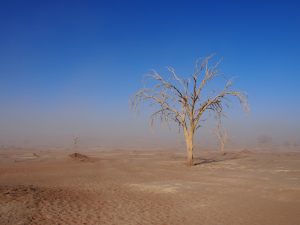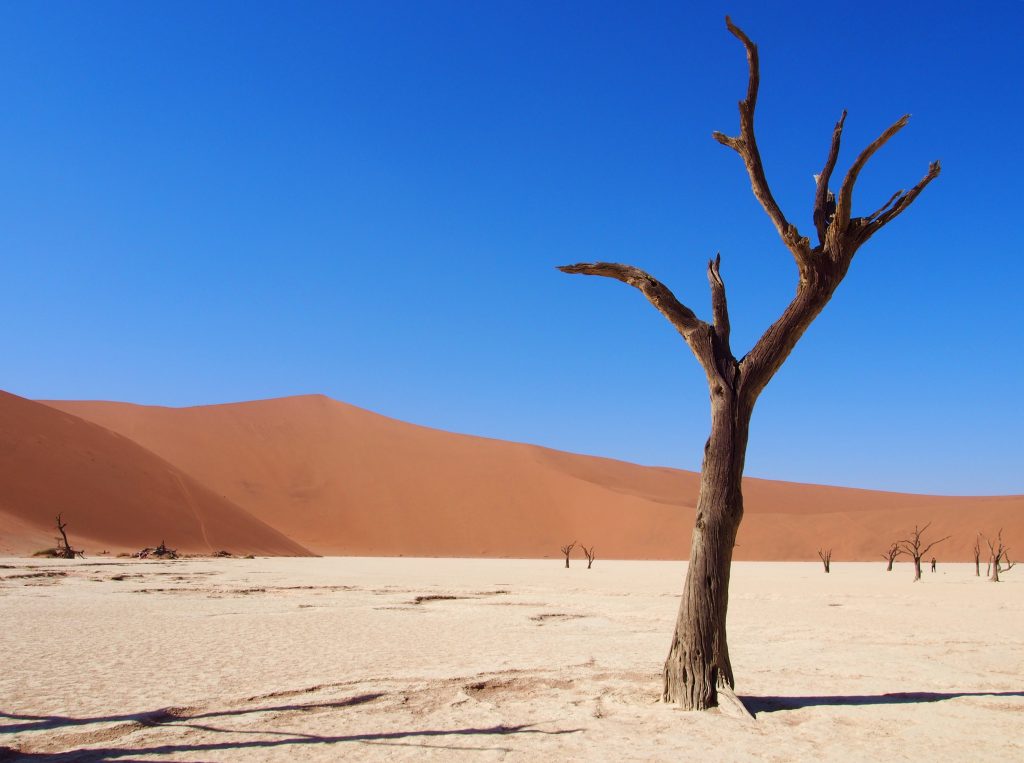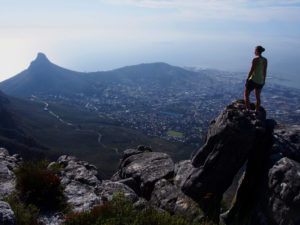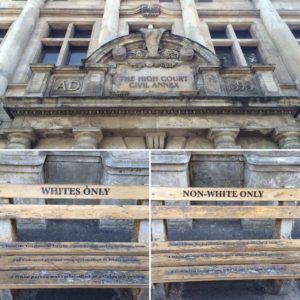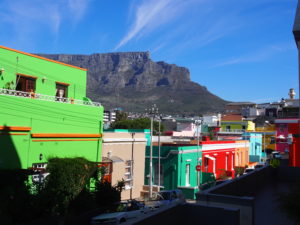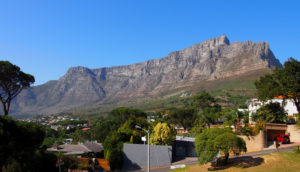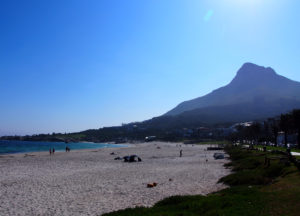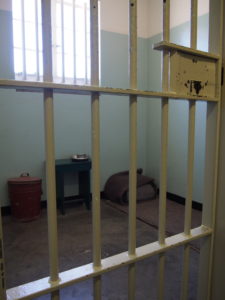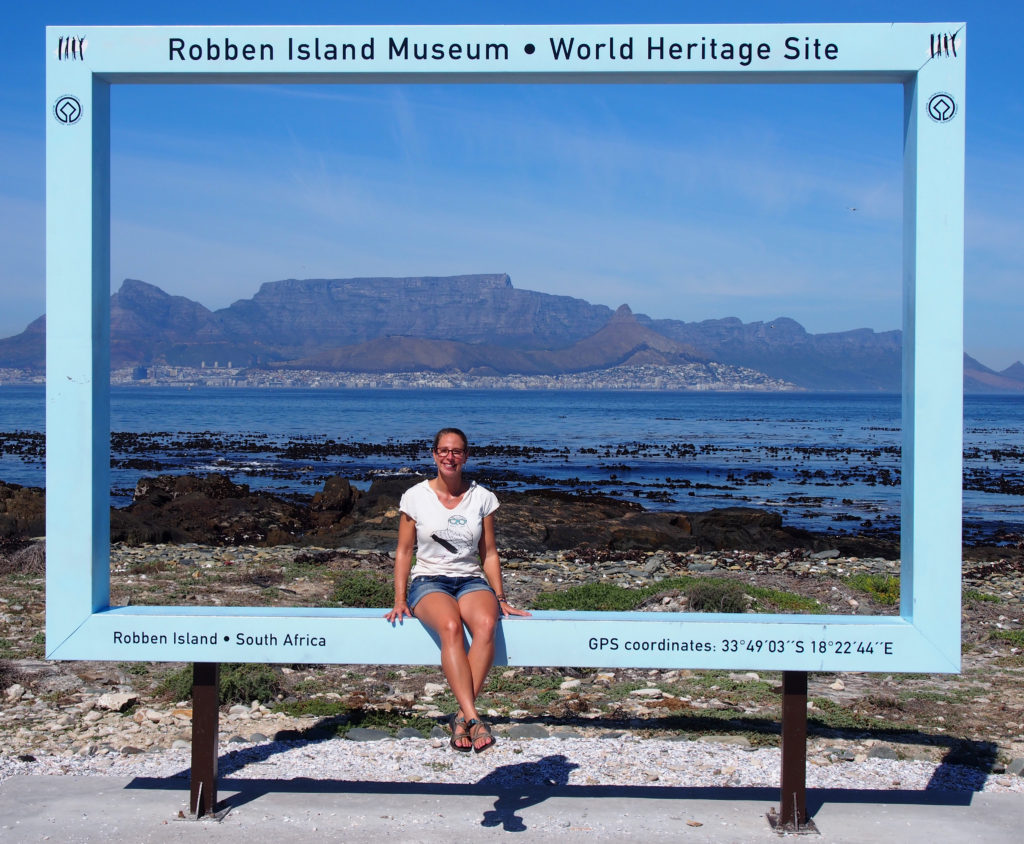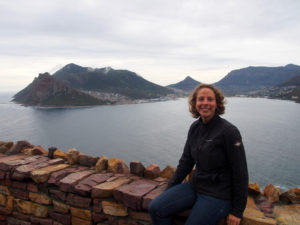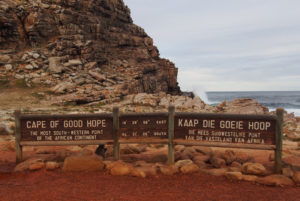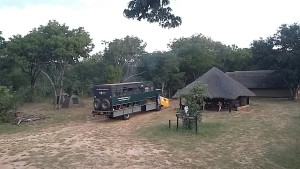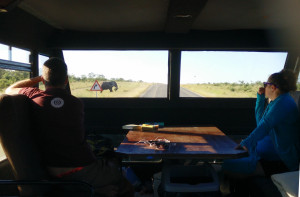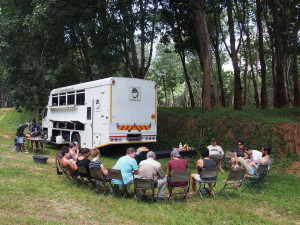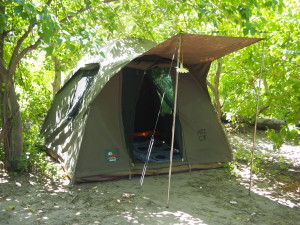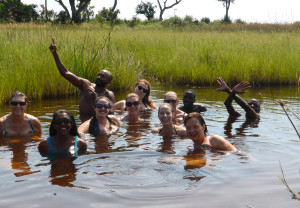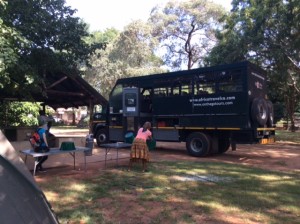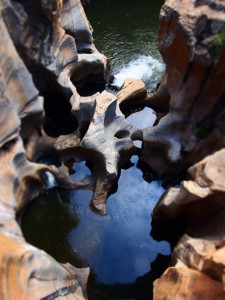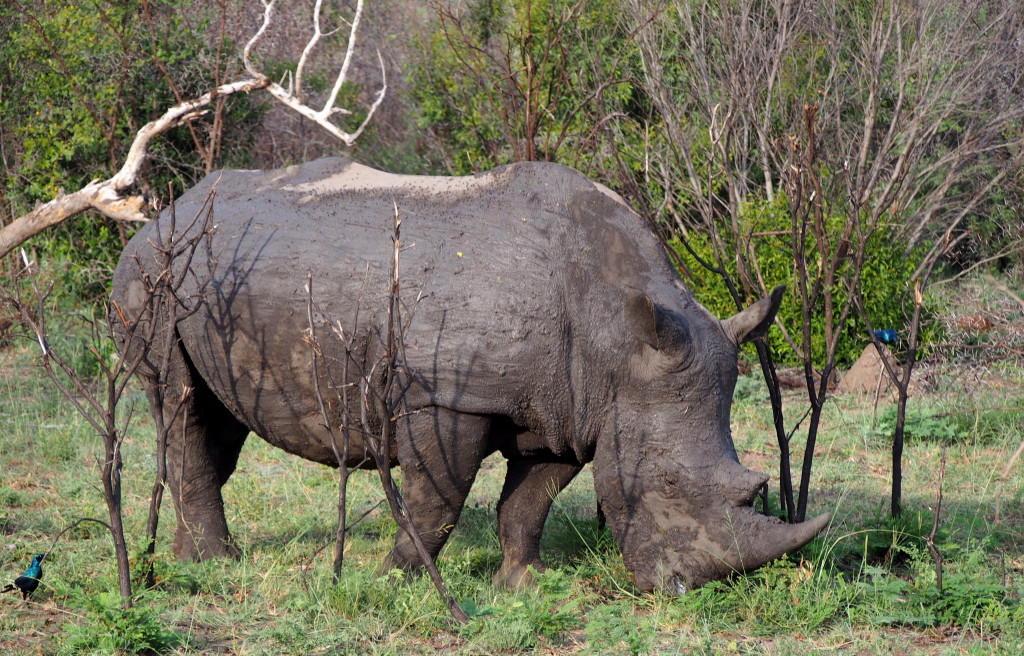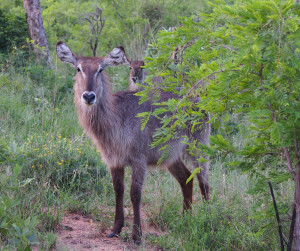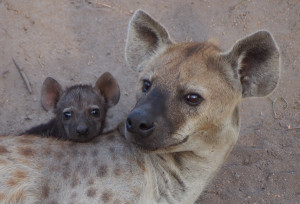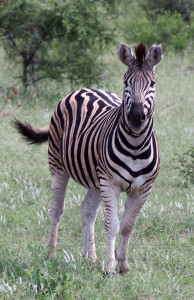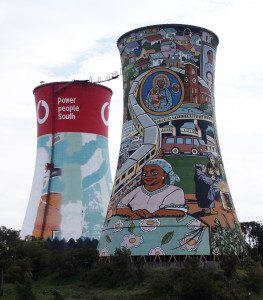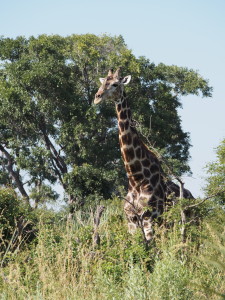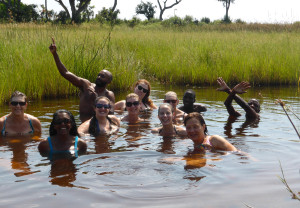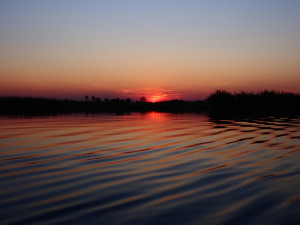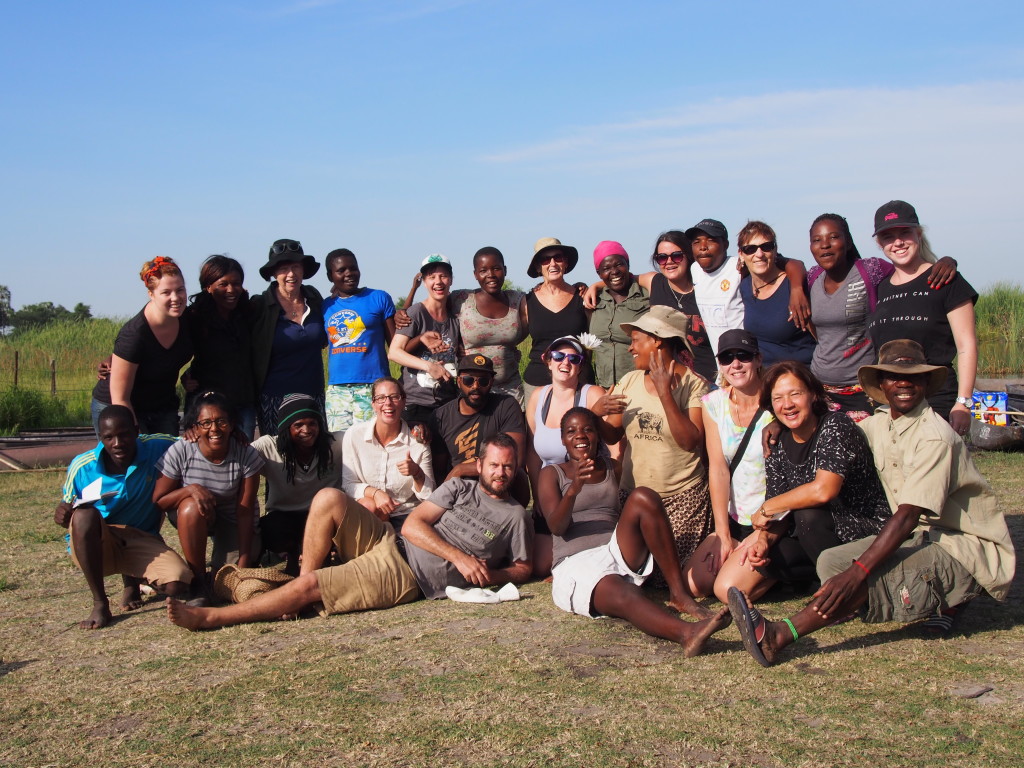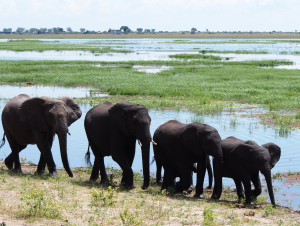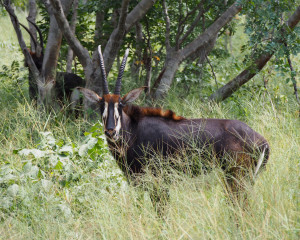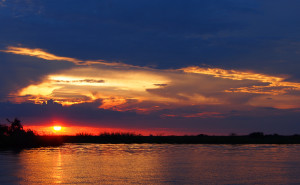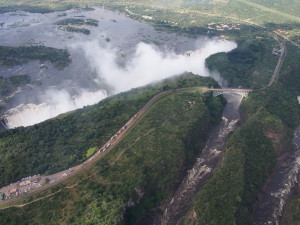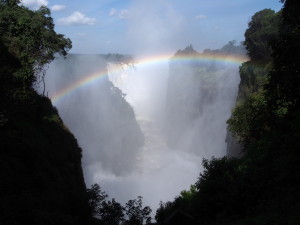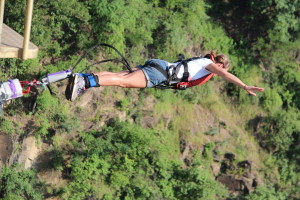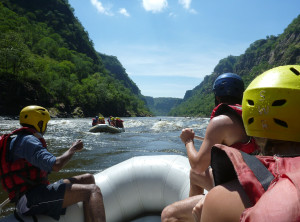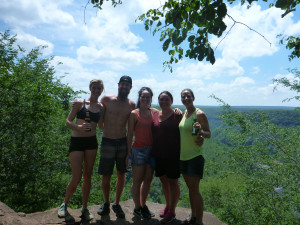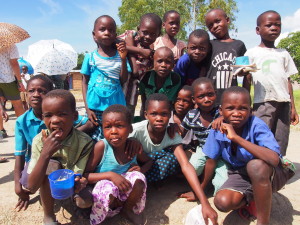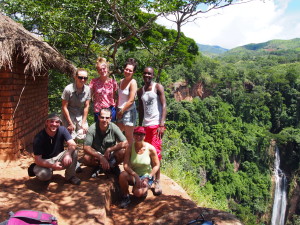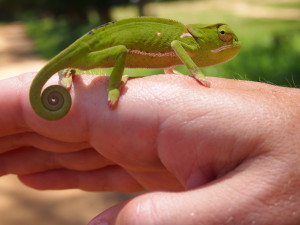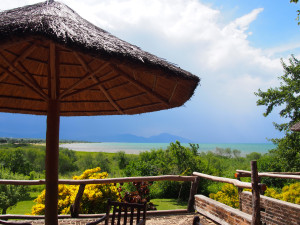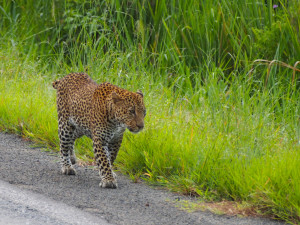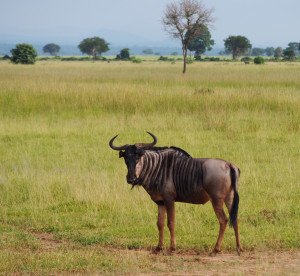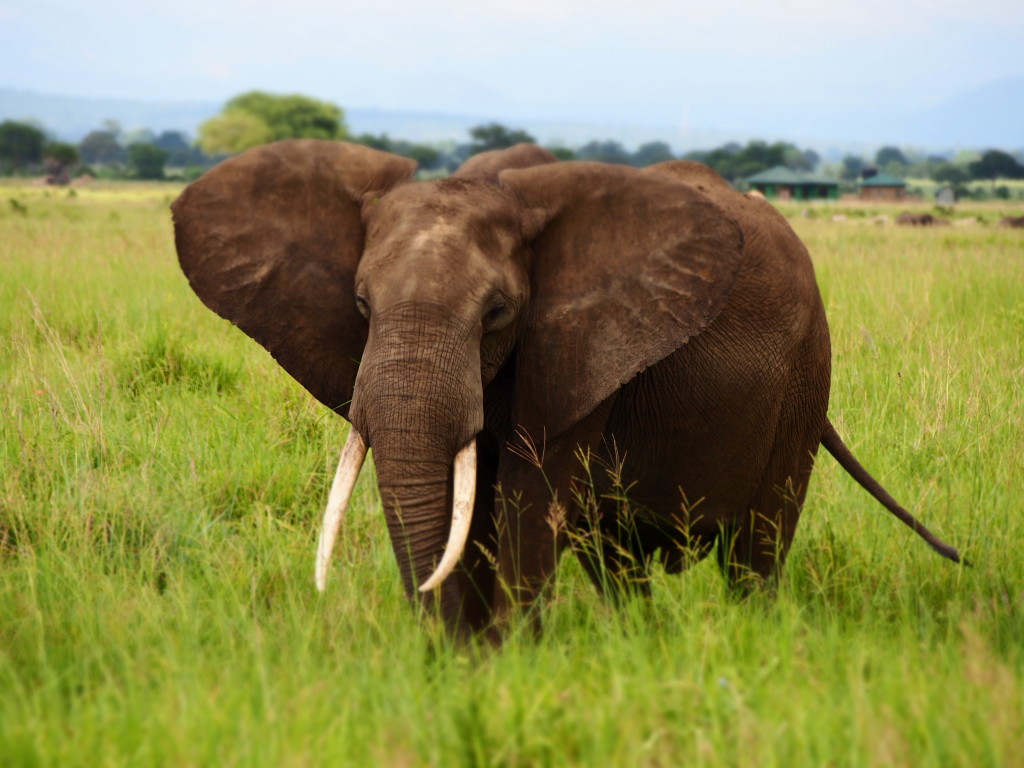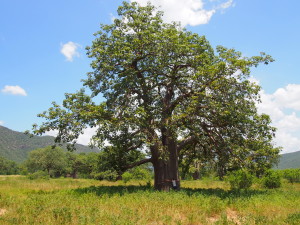 After an awesome Southern Namibia loop, I linked into a Northern Namibia loop. The 7 Day Northern Adventure tour started with a new group of people and surprisingly the same guide, Tongai. After a quick introduction of the route and highlights we all bundled into the truck and off we went.
After an awesome Southern Namibia loop, I linked into a Northern Namibia loop. The 7 Day Northern Adventure tour started with a new group of people and surprisingly the same guide, Tongai. After a quick introduction of the route and highlights we all bundled into the truck and off we went.
I always book my tours through TourRadar where I can find loads of different tour options AND I earn travel credit each time I book, which I can use as discounts next time. If this sounds good to you, sign up using my referral link and we will both earn travel credits!
Okonjima
The first stop was an overnight in the AfriCat Nature Reserve in Okonjima. AfriCat is a project set up to rescue cats that have been injured, or raise animals who lost a parent when they were too young to survive on their own. Once animals have been rehabilitated or raised to a point of self-sufficiency they go through a few monitored phases of release back into the wild. Their first period of release also has the animals on a form of contraception so they first learn to hunt and survive, before they begin to breed.
A large portion of Namibia land is privately owned farms, with livestock. With free roaming cheetahs and leopards, many farmers lose livestock to the predatorial cats, and as a result often shoot them. The AfriCat foundation assists in cases where these shootings don’t result in death, but they do more than respond retroactively. They proactively work to educate farmers of the hunting habits and behaviours of various predators, so rather than shoot the cats, take alternate measures to protect their livestock so they don’t fall into the hunting patterns of the cats. For example, Leopards typically hunt nocturnally, if livestock are kept in pens at night, they are not easy picking for a leopard and they leopard will hunt on free roaming antelope instead.
The AfriCat Nature reserve is 20,000 acres; while the main focus is on cats such as cheetahs and leopards, you will also find various breeds of antelope, hyena, warthog, and jackals. On a game drive we saw many beautiful animals, the highlights being a leopard and some cheetahs.
Etosha National Park
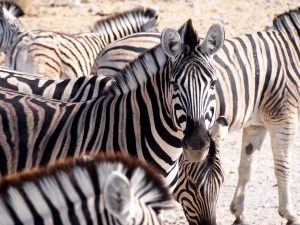 Two days in Etosha National Park was the following activity on our schedule. The name Etosha mean Great White Place, and the size of the park with a huge salt pan is certainly accurate to its name. It is one of the largest national parks in Africa with a size of approximately 22,912km2, roughly the same land size as the country of Belgium. The Etosha salt pan within the park covers 21%, 4,730km2 of the parks area.
Two days in Etosha National Park was the following activity on our schedule. The name Etosha mean Great White Place, and the size of the park with a huge salt pan is certainly accurate to its name. It is one of the largest national parks in Africa with a size of approximately 22,912km2, roughly the same land size as the country of Belgium. The Etosha salt pan within the park covers 21%, 4,730km2 of the parks area.
Our animal sightings within the park included: elephants, lions, red hartebeest, blue wildebeest, kudu, springbok, black faced impala, burchalls zebra, black backed jackals, and three black rhinos. Most sightings were at various waterholes around the park in the early morning or late afternoon.
Otjikandero
When visiting any country it is important to not just see the sights and animals, but also learn about the tradition and culture of the country and its people. As mentioned in the Southern Namibia post, there are X peoples, or tribes, native to Namibia. In the town of Otjikandero we paid a visit to a Himba village. While Himba were traditionally a nomadic people, the Otjikandero site was established as a permanent base with an orphanage and school programs. The lower school grades are offered on site by a teacher from the Ovamba tribe (despite Ovambo people having vastly different traditions than the Himba), higher grades are offered through boarding school programs if the children have the financial support to attend, on-site are also literacy programs for adults offered by a teacher from the Herrero tribe (which is very similar in tradition to the Himba).
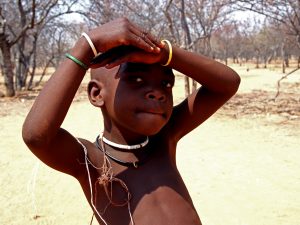 The village is made up of various huts constructed from Mopani trees. Each hut will house a family of up to 6 or 7 people. Each hut takes approximately 2.5 – 3 weeks to build, and they typically last 5-6 years; though some replastering is done after each rainy season.
The village is made up of various huts constructed from Mopani trees. Each hut will house a family of up to 6 or 7 people. Each hut takes approximately 2.5 – 3 weeks to build, and they typically last 5-6 years; though some replastering is done after each rainy season.
The village huts all surround a main kral, where livestock is kept overnight. The main hut in the village is easily identifiable as it is directly opposite the kral entrance, the other thing between the hut and the kral is a holy fire. The leader of the village, who resides in the main hut, always leads the tribe together with his partner.
In regard to traditions growing up, it is still common practice that boys are circumcised, girls are not; and that all children who reach puberty have their four front lower teeth removed over the holy fire. Also polygamy is still an accepted tradition within the Himba people, though if a man wants another wife, the other wife(s) must agree to it, and each family of the man has a separate family hut.
Twyfelfontein
In 1946 David Levine, the first European settler to the area found a local water spring, in a semi-arid region of the country. The spring was brilliant for his cattle and sheep, though he was never sure if there would be enough water to sustain the farm, and he called the area “doubt fountain” twijfel fontein.
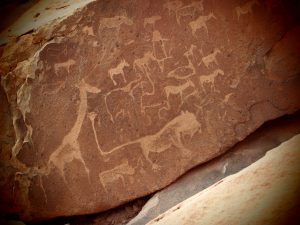 Before David settled in this site, drawings/carving were found in 1921. The engravings are believed to be 2000-6000 years old and probably done by the San people. The engravings were made by using quartz to scratch images into the sandstone. As the San people were Nomadic hunter-gatherers, it is believed that the engravings were used as maps to share with fellow people to share and teach what can and cannot be hunted, and what can be found where, such as water sources. Artists often marked their work with an outline of their foot.
Before David settled in this site, drawings/carving were found in 1921. The engravings are believed to be 2000-6000 years old and probably done by the San people. The engravings were made by using quartz to scratch images into the sandstone. As the San people were Nomadic hunter-gatherers, it is believed that the engravings were used as maps to share with fellow people to share and teach what can and cannot be hunted, and what can be found where, such as water sources. Artists often marked their work with an outline of their foot.
A common drawing seen in the area is a Giraffe. The Giraffe is a sacred animal, the bringer of water. The most important icon to be found was the Lion-Man. Each site will only ever have one lion-man, as each tribe only has one leader. The Lion man is depicted with five toes instead of four, and is representative of the Shaman.
While the site offered mostly engravings, there were also some paintings to be found and some natural rock formations. The visit to Twijfelfontein was truly fascinating and beautiful. Our guide Elizabeth did a fantastic job of sharing everything she knew about the site. Her love for the environment and history was made evident in the way she shared her knowledge.
Cape Cross Seal Colony
Cape Cross is a seal reserve on the skeleton coast. It is a protected area, home to the world’s largest fur seal colony. The seal colony is very loud and smelly to visit, but certainly interesting to visit briefly.
Swakopmund
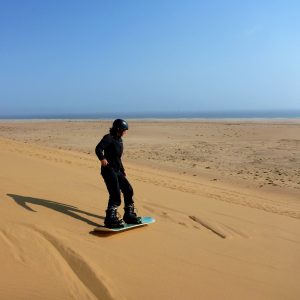
Swakopmund is the northern most city we visited on the coast of Namibia. It is a town with a population around 75,000, a reasonably small city. The old German architecture contrasting the new modern buildings is quite fascinating to see. Swakopmund has several activities on offer if you have the time.
The number one thing on my ‘To Do’ list was to sand board down some dunes! Eben and Christian from Khoi San Sandboarding collected us from the hotel and took us about 15 minutes out of town to the designated dunes. With a big dune hike to start and a quick lesson we were carving up the dunes pretty quickly. It was loads of fun and definitely an activity I would recommend!
Okahandja
The very last stop of the tour was a visit to the craft markets of Okahandja, the best place to haggle over some local souvenirs! Okahandja has the biggest open-air craft market in Namibia. Be prepared to be hassled for your attention and business, but do explore and enjoy the experience.

